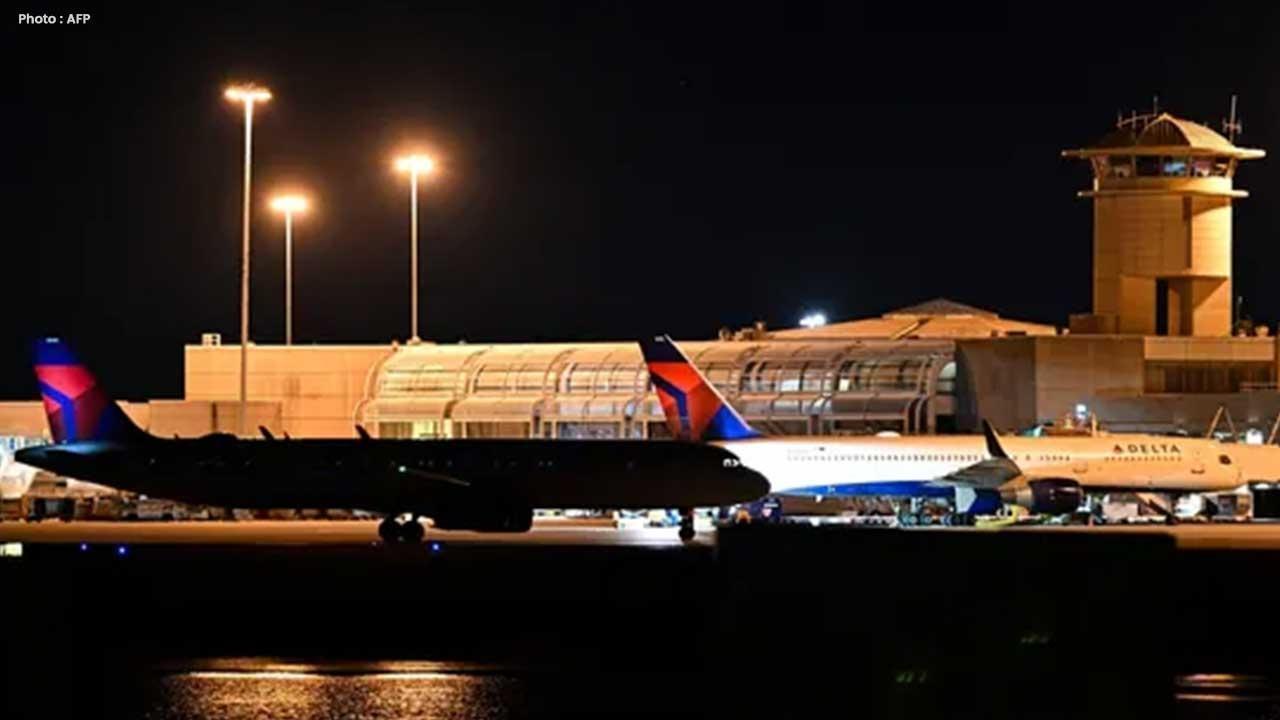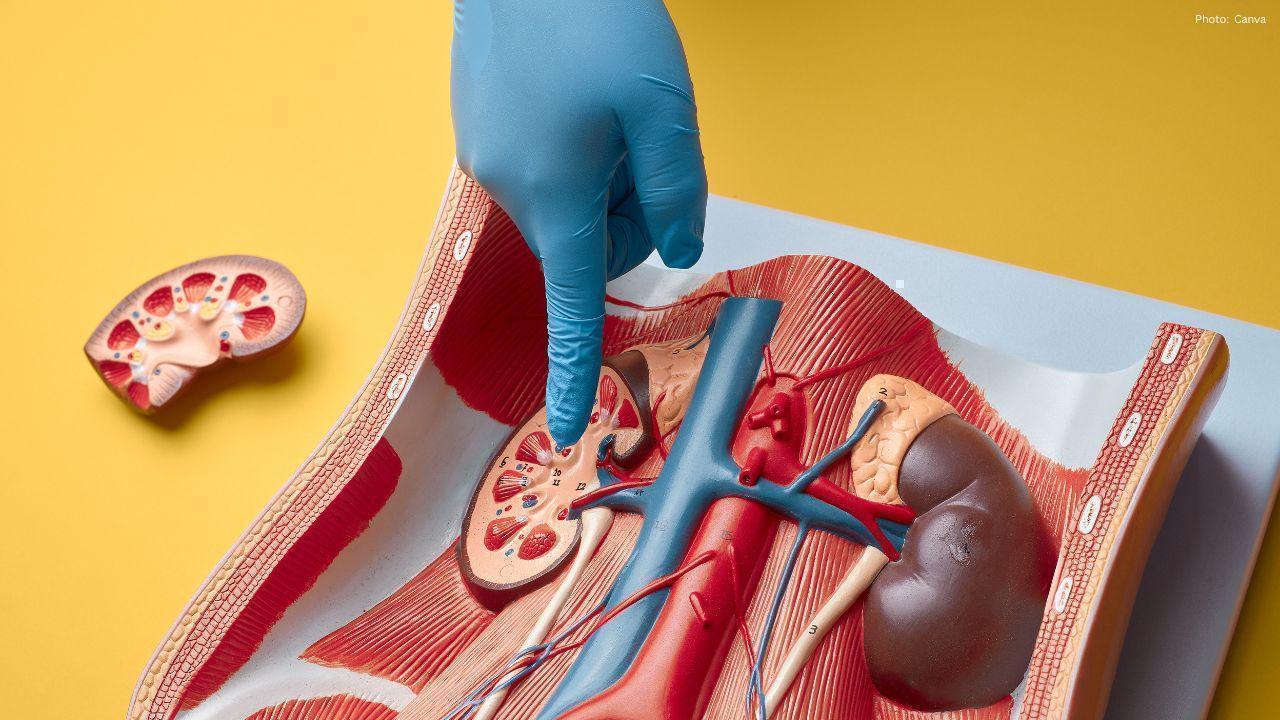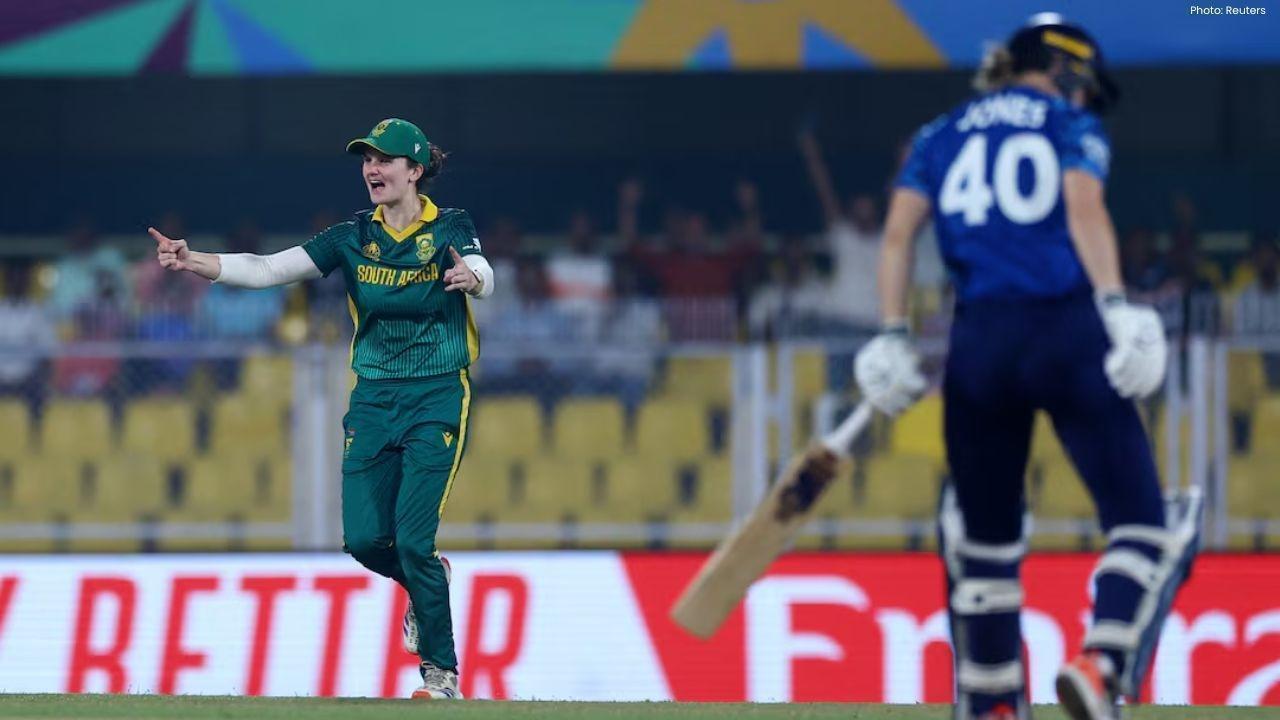
Join 10k+ people to get notified about new posts, news and tips.
Do not worry we don't spam!

Post by : Anis Farhan
Photo: X
In June 2025, F1: The Movie hit screens—and it brought something unexpected: cinematic-grade onboard footage filmed with an iPhone. Apple stepped in to help director Joseph Kosinski and cinematographer Claudio Miranda capture real driver’s-eye views by designing a bespoke camera module built from iPhone components. Here’s how they did it—and what it means for both movies and smartphones.
Filming inside a Formula 1 car is no easy task. Typical cinema cameras are too heavy, bulky, and sensitive to vibration. Even standard F1 broadcast cameras, though compact, don’t capture the visual fidelity —in sharpness or dynamic range—needed for big-screen storytelling. Kosinski’s team needed footage that felt visceral and authentic, and that’s where Apple came in.
Apple’s solution was to recreate the external form of a broadcast module but fill it with iPhone hardware: a 48 MP sensor, an A-series chip (likely the A17 Pro), and an iPhone battery. The module was designed to blend seamlessly into the car’s structure, weighing the same and fitting all FIA safety regulations.
This wasn’t a DIY GoPro hack. The inside of the custom module is remarkably advanced:
It runs a modified version of iOS with firmware that lets it record in ProRes Log, giving filmmakers log-format footage suited for cinematic color grading—far beyond standard compressed streams. To handle bright trackside light, a neutral-density filter was integrated into the design, allowing the filmmakers to manage exposure accurately from the outside.
Since Formula 1 regulations ban wireless data transmission from inside the car, Apple developed a custom iPad app. Connected via USB-C, it lets the crew remotely adjust ISO, shutter speed, frame rate, white balance—and start or stop recording—without needing any radio link.
Engineers also subjected the module to extreme stress testing. F1 cars reach speeds of 200 mph, with fierce vibration, heat, and air pressure. Apple reports it exceeded FIA durability specs, showing smartphones can perform under racing conditions.
The team created the camera to capture real drivers—Brad Pitt and Damson Idris—at actual Grand Prix tracks like Abu Dhabi, Mexico City, and Silverstone. Seven-time F1 champion Lewis Hamilton, who produces the film, ensured that each shift, corner, or crash felt genuine.
Hamilton emphasized the sport’s physical demands, noting drivers can lose up to 10 pounds during a race. Apple used his insight to time shots that show not just the speed—but the human strain.
Interestingly, two iPhone 15 Pro features—Log encoding and ACES color workflow support—were born out of this film project. Apple saw the need to match cinematic standards and added them to the new phones, making pro-grade filmmaking tools available to everyone who owns the latest model.
Apple isn’t alone—films like Tangerine, Unsane, and most recently 28 Years Later (shot with iPhone 15 Pro devices) prove smartphones can be cinematic workhorses. But this is a first for Apple: deep integration, engineering, and direct collaboration with top-tier Hollywood teams.
Apple’s custom F1 camera sends a strong signal: smartphones are no longer just consumer gadgets—they’re cinematic tools. Whether it’s an indie documentary or a major studio release, phone-based rigs offer portability, flexibility, and now, professional-grade quality.
Moreover, this innovation removes some barriers to filmmaking. Instead of investing millions in cinema cameras, one could use a smartphone-based system—capable of ProRes Log, remote control, and rugged performance—for a fraction of the cost.
But traditional cinema gear isn’t obsolete. IMAX, RED, and Alexa remain indispensable for their unique image depth and rendering qualities. What Apple is offering is complementary power: a cinematic level of access in situations where large rigs can’t fit.
We’re already seeing that ripple. The iPhone 15 Pro’s new video features could inspire more filmmakers to shoot on smartphones. Independent creators may jump into color grading workflows, and producers might see phones as viable alternatives for action or POV shots.
Apple seems poised to continue this effort. The F1 module is likely a one-off for the film—but it proves engineering discipline and creative ambition. With each new iPhone, expect mobile shooting tools to get smarter, more capable, and more accepted in professional circles.
Apple’s onboard F1 camera is more than a tech stunt—it’s a milestone. By embedding high-grade cinematic capabilities inside a custom smartphone rig, Apple has blurred the line between pocket and pro equipment. Whether you’re a filmmaker, YouTuber, or tech fan, that means richer storytelling—and it all began with an iPhone inside a race car.
This article is for editorial purposes by Newsible Asia. Tech specs are accurate as of June 2025 and may update with new iPhone releases.










India Wins First Women’s World Cup 2025 Title
India lifts its maiden Women’s World Cup 2025 title! Harmanpreet Kaur’s team stuns South Africa in a

Manuel Frederick, 1972 Olympic Bronze Goalkeeper, Dies at 78
Manuel Frederick, a member of India’s 1972 Olympic bronze hockey team, has died in Bengaluru at 78 a

Muhammad Hamza Raja Wins IFBB Pro Card Puts Pakistan & UAE on Global Stage
Pakistani bodybuilder Muhammad Hamza Raja earns IFBB Pro Card in Czech Republic, showcasing Dubai’s

Shreyas Iyer’s Recovery Underway After Spleen Laceration in Sydney ODI
Shreyas Iyer is recovering after a spleen laceration sustained while taking a catch in the Sydney OD

Qatar Ready to Host FIFA U-17 World Cup 2025 in Aspire
Qatar confirms full readiness to host the FIFA U-17 World Cup 2025 from November 3–27, with world-cl

Wolvaardt’s 169 Sends South Africa Into Women’s World Cup Final
Laura Wolvaardt’s 169 powered South Africa to a 125-run semi-final win over England, booking a place